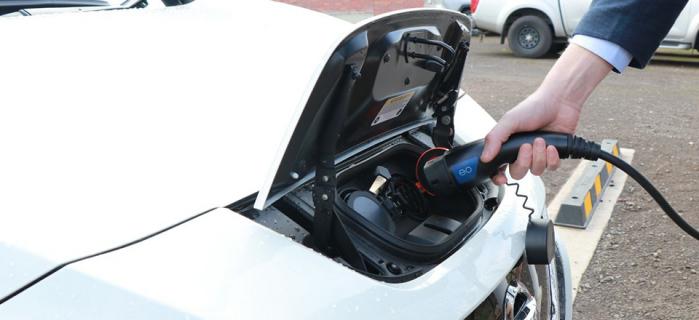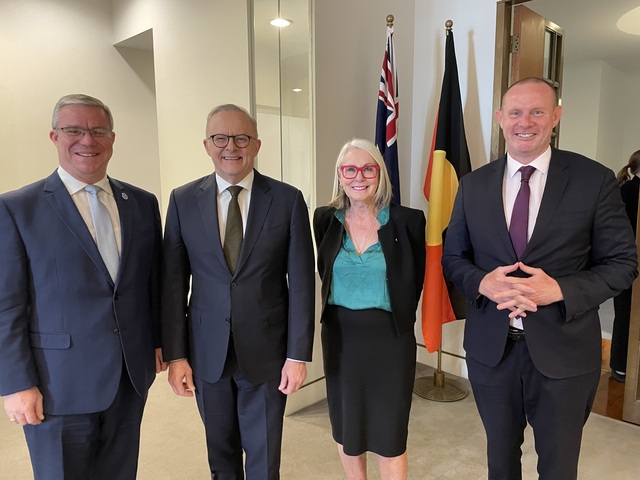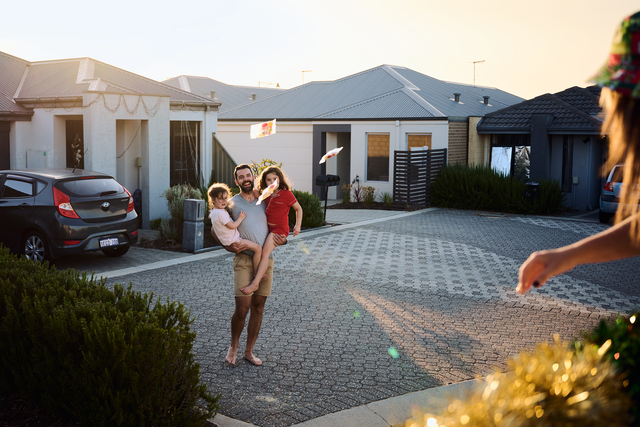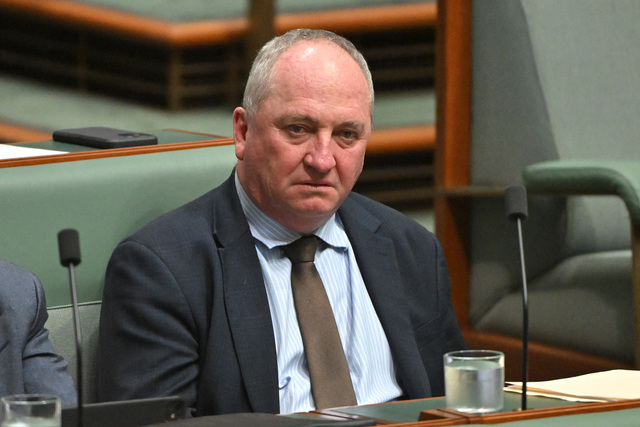Harnessing wind to power council buildings and upgrading street lighting to LEDs are two goals Mount Alexander Shire Council is delivering on, as part of its plan to achieve zero-net emissions by 2025.
In August 2020, council adopted the Roadmap to Carbon Neutrality 2020-2025, which outlines priority actions for council to reduce greenhouse gas emissions in its operations across vehicle fleet, buildings, street lighting, procurement and waste management.
“Reducing council’s operational emissions was a key commitment of our Climate Emergency Declaration back in 2019,” Mount Alexander Shire Mayor Bill Maltby said.
“Our community made it clear that climate action is vital to them, and we are actively responding.”
“Council’s Roadmap to Carbon Neutrality 2020-2025 is really just one part of the picture, and speaks to how council will reduce our operational emissions.
“We also want to continue to support our community to reduce emissions, and work together to adapt to the climate impacts we already know will come our way.
“This is why council will be developing a Climate Change Strategy over the coming months, along with a new Waste Strategy.”
“We will be looking to our community for input on both of these documents, so I encourage residents to keep an eye on our online engagement platform Shape Mount Alexander for details on how to get involved,” said Mayor Maltby.
Significant achievements from the Roadmap to Carbon Neutrality 2020-2025 include:
* In January 2022, council joined the Victorian Energy Collaboration (VECO). This means council operations are now almost completely powered by 100 per cent renewable electricity, sourced from two wind farms in regional Victoria.
* Street lighting along the shire’s major roads was also upgraded earlier this year, improving energy efficiency and safety. This was funded by the Federal Government’s Local Roads and Community Infrastructure grants, and followed on from upgrades to lighting along our residential streets undertaken in 2015.
* Council’s biggest operational source of greenhouse emissions is the Castlemaine Landfill. The process of capping and rehabilitating the landfill has begun, and gas flaring infrastructure will be installed in the future which will greatly reduce landfill emissions.
* Council has also purchased its first electric vehicle for its fleet, marking the beginning of its electric vehicle transition.








